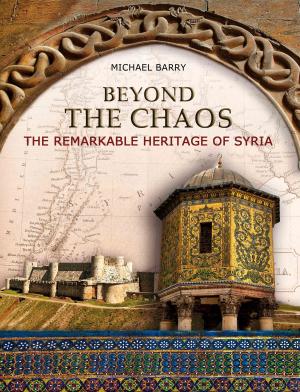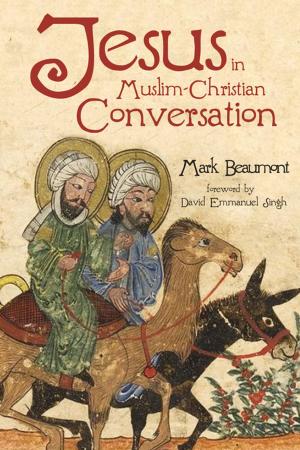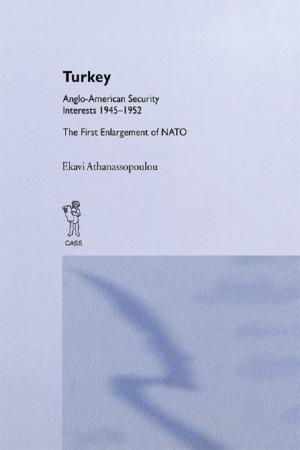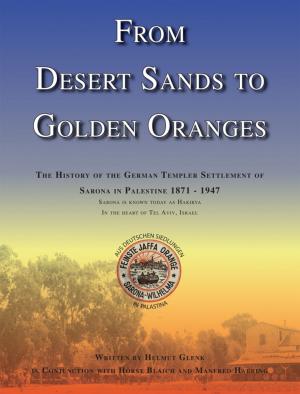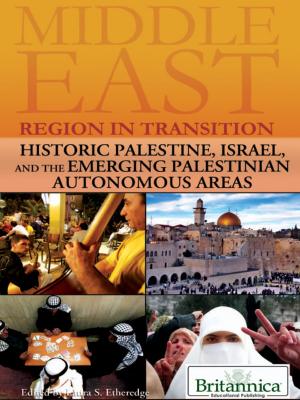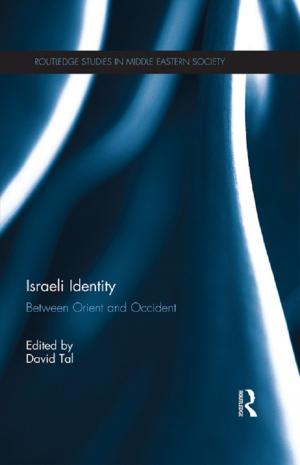Places Paul Knew
Nonfiction, Religion & Spirituality, Bible & Bible Studies, Reference, History, Middle East| Author: | Dennis Hawkes | ISBN: | 9781310723636 |
| Publisher: | Dennis Hawkes | Publication: | May 27, 2014 |
| Imprint: | Smashwords Edition | Language: | English |
| Author: | Dennis Hawkes |
| ISBN: | 9781310723636 |
| Publisher: | Dennis Hawkes |
| Publication: | May 27, 2014 |
| Imprint: | Smashwords Edition |
| Language: | English |
The ebook, ‘Places Paul Knew’, describes the cities and towns that the Apostle Paul would have known as he journeyed throughout the Mediterranean region during the first century A.D. The book begins with an introduction to Paul. It outlines his background and his dramatic conversion as he was on his way to Damascus on the hunt for the people who had begun to follow the crucified Jesus of Nazareth. This was the one whom they believed was the promised Messiah who been raised from the dead. The next chapter looks at Paul’s world, so very different to our own, a world under Roman occupation; although violent and often dangerous it was free from wars at that time. It introduces some relevant Roman history with a table of Roman Emperors and the relationships of the complex Herod family. The various provinces through which Paul travelled are shown and a list of the towns and cities he is known to have visited is given. Since the Roman province of Palestine figures in Paul’s story the various regions are identified with their Roman appointed leaders, a number of them being members of the Herodic dynasty. There is a description of travelling in those days, neither easy nor comfortable. Despite this Paul and his companions travelled widely covering over 16,000 km on foot and by sea. The Roman roads made long distance travel possible and the trade and commerce throughout the Roman Empire meant that there were many ships criss-crossing the sea on which passengers could travel. Through towns and cities from what are now Israel, Syria Turkey, Greece and Italy, Paul and his companions took the message that the long-awaited Jewish Messiah had come, in the person of Jesus of Nazareth. The implications of this message were immense and whilst accepted and embraced by many, it was also rejected violently by some of the more zealous Jews. Based on the accounts in the book of Acts in the Bible the journeys that Paul and his companions made during the years between about AD 37 and AD 60 are then covered in some detail including Paul’s so-called first, second and third missionary journeys and his final journey to Rome.
Many of the archaeological remains of the cities he visited are still to be seen today but also often they contain structures built after Paul’s time. The book attempts to imagine what Paul would have seen when he arrived at each place.
The ebook, ‘Places Paul Knew’, describes the cities and towns that the Apostle Paul would have known as he journeyed throughout the Mediterranean region during the first century A.D. The book begins with an introduction to Paul. It outlines his background and his dramatic conversion as he was on his way to Damascus on the hunt for the people who had begun to follow the crucified Jesus of Nazareth. This was the one whom they believed was the promised Messiah who been raised from the dead. The next chapter looks at Paul’s world, so very different to our own, a world under Roman occupation; although violent and often dangerous it was free from wars at that time. It introduces some relevant Roman history with a table of Roman Emperors and the relationships of the complex Herod family. The various provinces through which Paul travelled are shown and a list of the towns and cities he is known to have visited is given. Since the Roman province of Palestine figures in Paul’s story the various regions are identified with their Roman appointed leaders, a number of them being members of the Herodic dynasty. There is a description of travelling in those days, neither easy nor comfortable. Despite this Paul and his companions travelled widely covering over 16,000 km on foot and by sea. The Roman roads made long distance travel possible and the trade and commerce throughout the Roman Empire meant that there were many ships criss-crossing the sea on which passengers could travel. Through towns and cities from what are now Israel, Syria Turkey, Greece and Italy, Paul and his companions took the message that the long-awaited Jewish Messiah had come, in the person of Jesus of Nazareth. The implications of this message were immense and whilst accepted and embraced by many, it was also rejected violently by some of the more zealous Jews. Based on the accounts in the book of Acts in the Bible the journeys that Paul and his companions made during the years between about AD 37 and AD 60 are then covered in some detail including Paul’s so-called first, second and third missionary journeys and his final journey to Rome.
Many of the archaeological remains of the cities he visited are still to be seen today but also often they contain structures built after Paul’s time. The book attempts to imagine what Paul would have seen when he arrived at each place.




